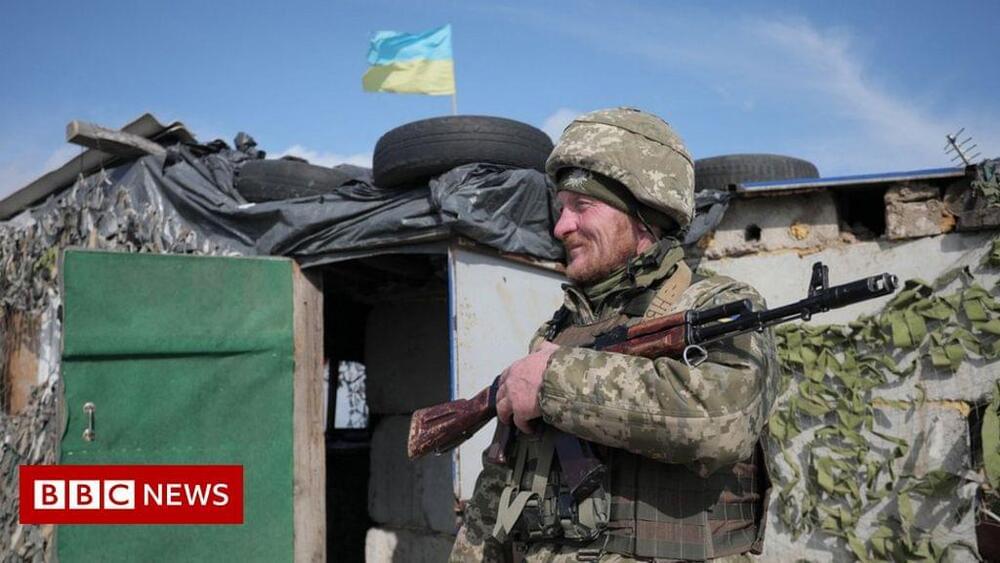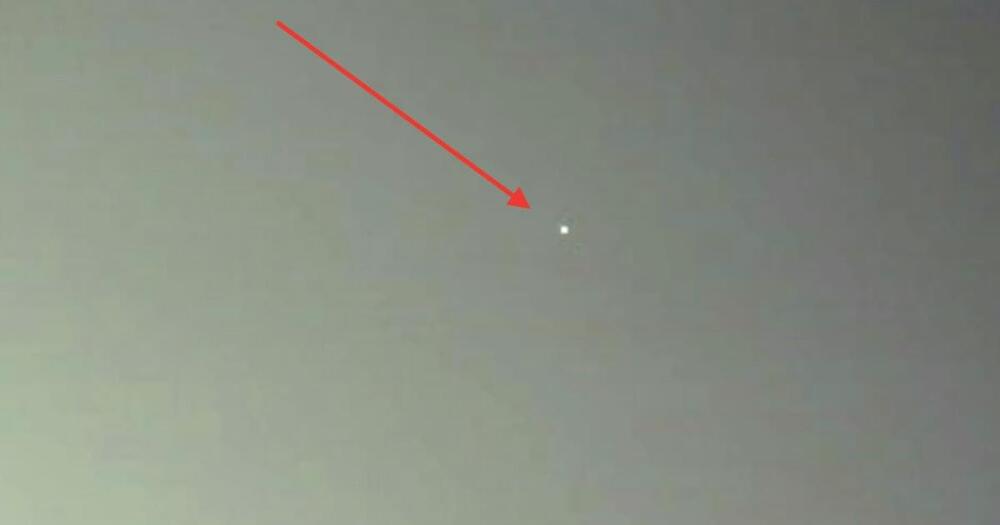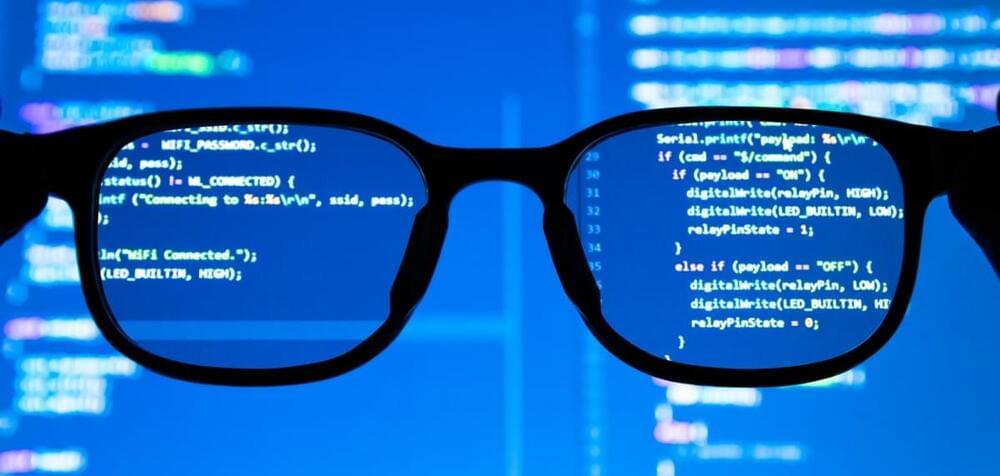The PLA is pivoting to confront changing challenges – and that means more combat personnel, according to one commentator.



A suspected Chinese hacking campaign has breached four more US defense and technology companies in the last month, and hundreds more US organizations are running the type of vulnerable software that the attackers have exploited, according to research shared with CNN.
The apparent espionage activity, which the National Security Agency helped investigate when it emerged in recent months, is more extensive than previously known and has seen the hackers steal passwords from targeted organizations with a goal of intercepting sensitive communications.
The cybersecurity researchers in November publicly confirmed just one victimized US organization, CNN reported then, but they now say the number is at least five and could continue to grow.


The James Webb Space Telescope is confirmed for the target launch date of December 24, at 7:20 a.m. EST.
Late on December 17, teams at the launch site successfully completed encapsulation of the observatory inside the Ariane 5 rocket that will launch it to space. Webb’s final launch readiness review will be held on Tuesday, December 21 and, if successful, roll-out is planned for Wednesday, December 22.


We suggest an interpretation of quantum mechanics, inspired by the ideas of Aharonov et al. of a time-symmetric description of quantum theory. We show that a special final boundary condition for the Universe, may be consistently defined as to determine single classical-like measurement outcomes, thus solving the “measurement problem”. No other deviation is made from standard quantum mechanics, and the resulting theory is deterministic (in a two-time sense) and local. Quantum mechanical probabilities are recovered in general, but are eliminated from the description of any single measurement. We call this the Two-time interpretation of quantum mechanics. We analyze ideal measurements, showing how the quantum superposition is, in effect, dynamically reduced to a single classical state via a “two-time decoherence” process.

In this paper we present the two-state vector formalism of quantum mechanics. It is a time-symmetrized approach to standard quantum theory particularly helpful for the analysis of experiments performed on pre-and post-selected ensembles. Several peculiar effects which naturally arise in this approach are considered. In particular, the concept of “weak measurements’’ (standard measurements with weakening of the interaction) is discussed in depth revealing a very unusual but consistent picture. Also, a design of a gedanken experiment which implements a kind of quantum “time machine’’ is described. The issue of time-symmetry in the context of the two-state vector formalism is clarified.

Now their company, Sanas, is testing out artificial intelligence-powered software that aims to eliminate miscommunication by changing people’s accents in real time. A call center worker in the Philippines, for example, could speak normally into the microphone and end up sounding more like someone from Kansas to a customer on the other end.
Call centers, the startup’s founders say, are only the beginning. The company’s website touts its plans as “Speech, Reimagined.”
Eventually, they hope the app they’re developing will be used by a variety of industries and individuals. It could help doctors better understand patients, they say, or help grandchildren better understand their grandparents.